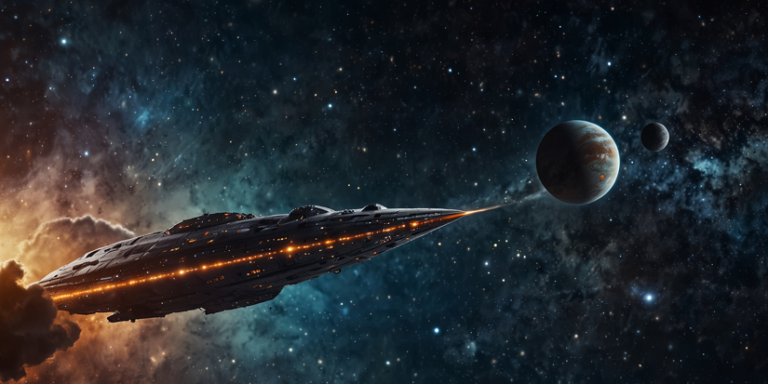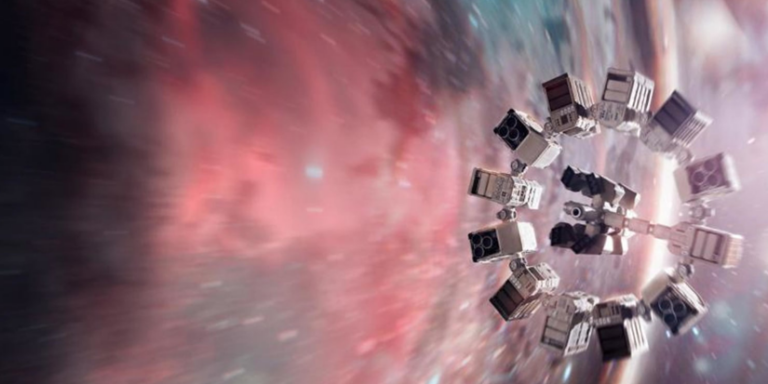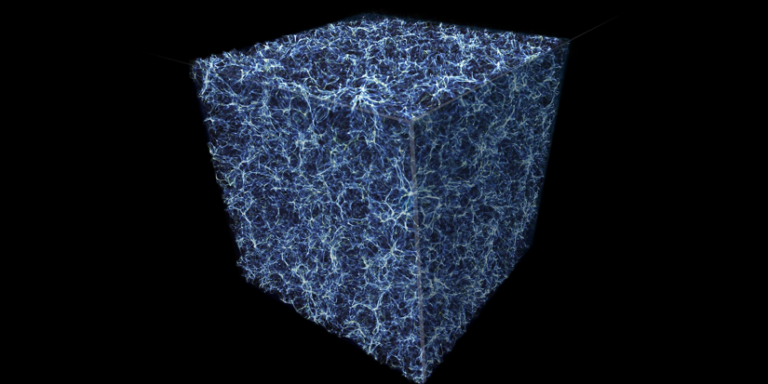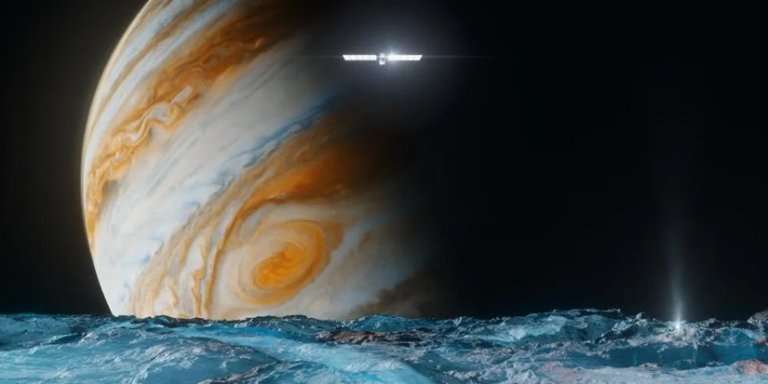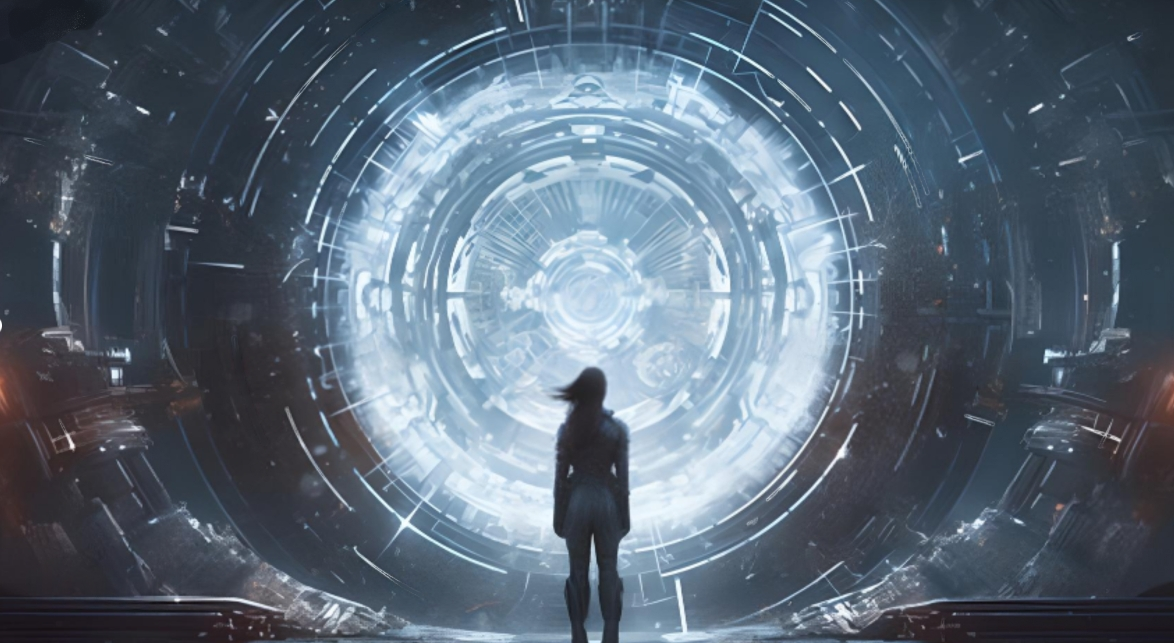
In the realm of science fiction, few concepts capture the imagination quite like the idea of Stargates. Made popular by the hit TV series “Stargate SG-1” and its various spin-offs, these fictional devices allow for instantaneous travel between distant planets and even galaxies. While Stargates remain firmly entrenched in the realm of speculative fiction, their construction and mechanics have fascinated scientists, engineers, and enthusiasts, prompting discussions about their feasibility and hypothetical construction. So, could we build a Stargate?
The Concept of Stargates:
A Stargate is typically depicted as a large, ring-like device with a central spinning mechanism. It’s portrayed as a portal that connects two distant points in space, allowing matter, energy, and information to traverse instantly between them. The concept raises intriguing questions about space-time manipulation, wormholes, and advanced technology far beyond our current understanding.
Wormholes and Theoretical Foundations:
The theoretical basis for Stargates draws heavily from the concept of wormholes in theoretical physics. Wormholes are hypothetical tunnels in spacetime that could potentially connect distant regions, creating shortcuts for space travel. According to Einstein’s theory of general relativity, wormholes might exist as solutions to the equations, but they would require exotic matter with negative energy density to stabilize and traverse them.
In the context of Stargates, the construction process would involve creating and stabilizing a wormhole between two designated points. However, the requirement for exotic matter and negative energy density presents significant challenges, as such matter has not been observed and defies our current understanding of physics.
Energy Requirements:
Even if exotic matter were to be discovered or synthesized, the energy requirements for creating and maintaining a stable wormhole would be astronomical. The energy necessary to bend spacetime in such a way as to create a traversable wormhole would likely exceed any currently conceivable power source. The potential use of advanced technologies, such as highly advanced forms of matter and energy manipulation, remains pure speculation.
Could we build a Stargate? Construction Challenges:
The construction of a Stargate as depicted in science fiction presents several daunting challenges. These challenges are not only based on the theoretical foundations but also on the practical limitations of materials, energy sources, and our current understanding of the universe. Could we build a Stargate? We will need the following.
- Exotic Matter: As mentioned earlier, the requirement for exotic matter with negative energy density poses a significant challenge. The properties of such matter and its interaction with ordinary matter remain largely unknown, making its synthesis and application speculative at best.
- Energy Generation: The energy required to create and sustain a traversable wormhole could exceed the total energy output of entire stars. Our current technological capabilities are nowhere near providing such vast amounts of energy, raising questions about how a civilization could harness and control energy on such a scale.
- Stability: Wormholes, even if created, might be inherently unstable due to the complex nature of spacetime curvature. Maintaining stability and preventing the wormhole from collapsing would require precise control and counteracting the effects of gravity, radiation, and other external forces.
- Temporal Paradoxes: The potential for time travel through wormholes adds another layer of complexity. The occurrence of paradoxes, where events in the past could affect the present or future in unpredictable ways, raises questions about causality and the consistency of the universe.
Alternative Concepts and Speculation:
While the depiction of Stargates in science fiction is compelling, alternative concepts have been proposed that could theoretically facilitate instantaneous travel or communication between distant points in space:
- Warp Drives: Theoretical physics suggests that warping spacetime around a spacecraft, creating a warp bubble, could enable faster-than-light travel. However, the challenges related to energy requirements, exotic matter, and potential violations of causality persist.
- Wormhole Networks: Instead of constructing individual Stargates, the idea of a natural or artificial network of traversable wormholes has been explored. Such networks could potentially enable interconnected travel routes between various points in space.
- Quantum Entanglement: Quantum entanglement, often referred to as “spooky action at a distance,” involves instantaneous communication between particles regardless of their separation. While currently limited to the realm of subatomic particles, harnessing this phenomenon for macroscopic objects is purely speculative.
Conclusion:
Stargates, while captivating and iconic in science fiction, remain firmly grounded in the realm of imagination. The concepts they embody draw from theoretical physics and speculative technological advancements that surpass our current understanding and capabilities. The challenges posed by the need for exotic matter, enormous energy requirements, stability concerns, and potential paradoxes highlight the vast gap between the fictional portrayal of Stargates and the realities of our current scientific knowledge.
As we continue to push the boundaries of knowledge and explore the mysteries of the universe, the concepts that inspire science fiction may one day lead to breakthroughs that redefine our understanding of space, time, and interstellar travel. Until then, Stargates remain a symbol of humanity’s boundless curiosity and the creative power of speculative thought.

